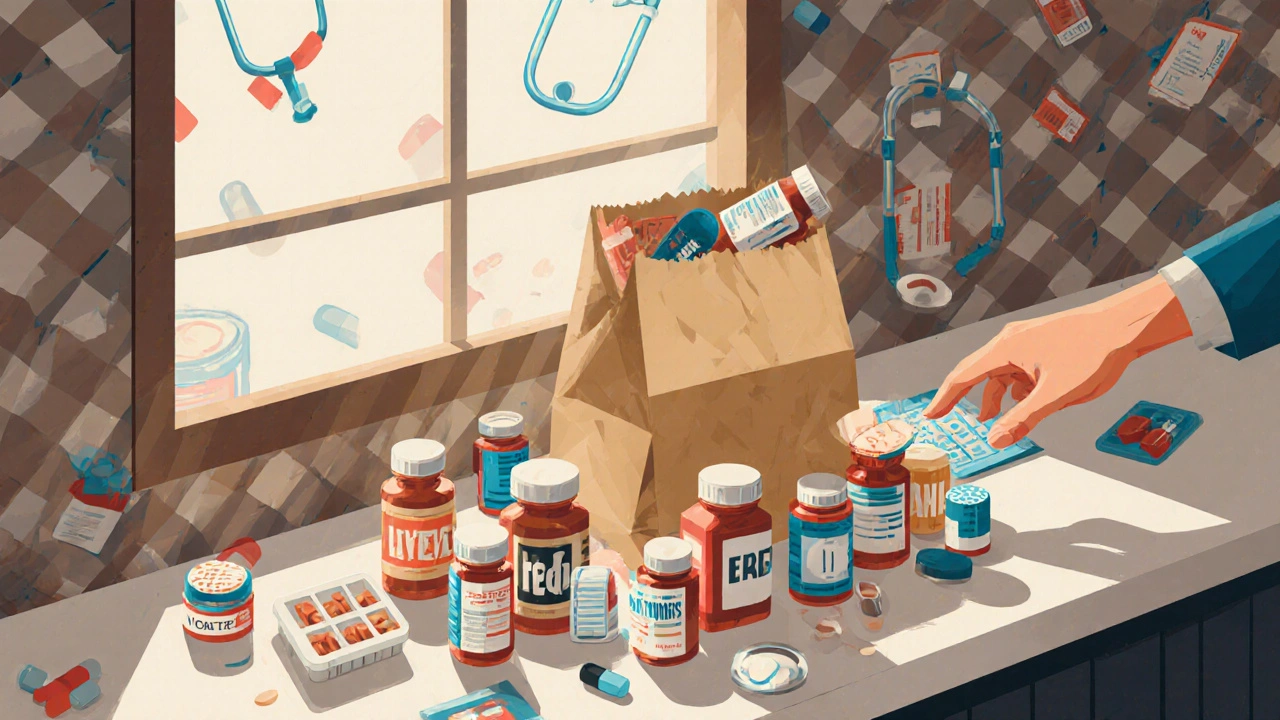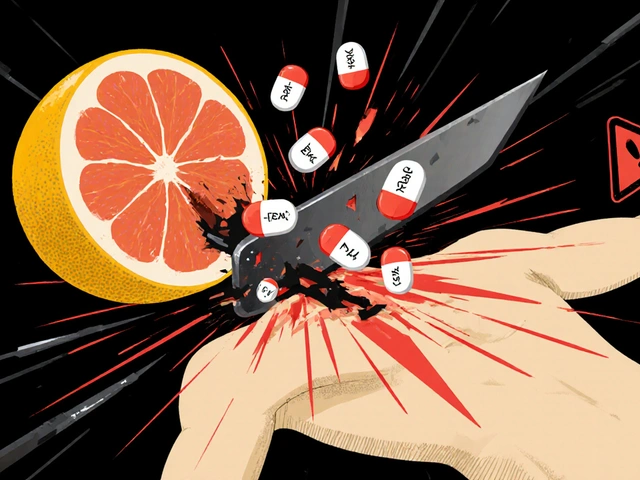Medication List: Essential Drugs, Interactions, and Safety Tips
When you’re managing multiple prescriptions or supplements, your medication list, a clear record of all drugs you take, including doses and reasons. Also known as drug regimen, it’s not just paperwork—it’s your personal safety net. Without it, even simple mistakes like doubling up on painkillers or mixing supplements with blood pressure meds can turn dangerous. Think of it like a GPS for your health: if you don’t have the right route mapped out, you’re flying blind.
Many people don’t realize how often drug interactions, when two or more medications affect each other’s behavior in the body. Also known as pharmacological interactions, they can cause side effects, reduce effectiveness, or even trigger life-threatening reactions. A common example? Taking melatonin with diabetes meds like metformin can drop blood sugar too low. Or mixing ginseng with insulin and not monitoring levels—same risk. Even something as simple as splitting pills can lead to contamination or uneven doses if you don’t know the right tools or techniques. These aren’t rare edge cases. They happen every day because people assume their meds are harmless together. Your medication list is the first line of defense against that.
Then there’s the issue of generic drugs, lower-cost versions of brand-name medicines that must meet the same absorption and effectiveness standards. Also known as therapeutically equivalent drugs, they’re not cheaper because they’re weaker—they’re cheaper because the patent expired. But state laws vary on whether pharmacists can swap them without asking you. Some require your consent. Others let them switch automatically. If you don’t know what’s in your bottle, you might think you’re getting the same drug when the formulation differs just enough to cause problems—especially with narrow-window meds like timolol or warfarin. And if you’re using injectables or specialty drugs, costs can balloon fast. That’s why knowing how to spot biosimilars, understand prior authorizations, and find affordable options isn’t optional—it’s essential.
And let’s not forget overdose warnings, clear signs on medication guides that tell you what happens if you take too much, and what to do about it. Also known as antidote information, these aren’t buried in tiny print—they’re there because lives depend on them. Whether it’s acetaminophen poisoning in pets, sulfa allergies mistaken for rashes, or bisphosphonates causing jaw bone death, the warning signs are often missed because no one read the guide. The posts below cover real cases: how a single pill can kill a dog, why a migraine drug might not work for you, how to safely quit beta blockers without triggering rebound hypertension, and what to do when your skin breaks out from a topical cream. These aren’t theoretical. They’re stories from real people who learned the hard way.
What you’ll find here isn’t a dry catalog. It’s a collection of practical, no-nonsense guides written by people who’ve seen what happens when medication lists aren’t kept, when interactions aren’t checked, and when overdose risks are ignored. Whether you’re managing chronic illness, caring for a pet, helping an aging parent, or just trying to cut costs without risking your health—this is the info you need before your next pharmacy visit.





